The m health-device market is currently characterized by a dynamic competitive landscape, driven by rapid technological advancements and an increasing consumer focus on health and wellness. Key players such as Apple Inc (US), Samsung Electronics (KR), and Fitbit Inc (US) are at the forefront, leveraging innovation and strategic partnerships to enhance their market positions. Apple Inc (US) continues to emphasize its health ecosystem, integrating advanced health monitoring features into its devices, which appears to resonate well with health-conscious consumers. Meanwhile, Samsung Electronics (KR) is focusing on expanding its wearable technology offerings, particularly in the realm of fitness tracking and health monitoring, suggesting a commitment to capturing a larger share of the growing health-conscious demographic. These strategies collectively shape a competitive environment that is increasingly centered around technological innovation and consumer engagement.
In terms of business tactics, companies are increasingly localizing manufacturing and optimizing supply chains to enhance efficiency and responsiveness to market demands. The competitive structure of the m health-device market appears moderately fragmented, with several key players exerting influence while also facing competition from emerging brands. This fragmentation allows for a diverse range of products and innovations, fostering a competitive atmosphere that encourages continuous improvement and adaptation.
In October 2025, Fitbit Inc (US) announced a partnership with a leading telehealth provider to integrate remote patient monitoring capabilities into its devices. This strategic move is likely to enhance Fitbit's value proposition by offering users not only fitness tracking but also comprehensive health management solutions, thereby positioning the company as a more holistic health partner. Such partnerships may also facilitate better data integration and user engagement, which are critical in the evolving health landscape.
In September 2025, Apple Inc (US) unveiled its latest smartwatch model, which includes advanced ECG and blood oxygen monitoring features. This launch underscores Apple's commitment to innovation in health technology, potentially setting new benchmarks for competitors. The integration of these features may attract a broader audience, particularly among users seeking proactive health management tools, thereby reinforcing Apple's leadership in the m health-device sector.
In August 2025, Samsung Electronics (KR) expanded its health app ecosystem by introducing new features aimed at mental wellness, including guided meditation and stress management tools. This strategic enhancement reflects a growing recognition of the importance of mental health in overall wellness, suggesting that Samsung is keen to diversify its health offerings beyond physical fitness. Such initiatives may help the company capture a wider market segment, appealing to consumers increasingly interested in comprehensive health solutions.
As of November 2025, current trends in the m health-device market indicate a strong emphasis on digitalization, sustainability, and the integration of artificial intelligence (AI) into health monitoring solutions. Strategic alliances among key players are shaping the competitive landscape, fostering innovation and enhancing product offerings. Looking ahead, it appears that competitive differentiation will increasingly hinge on technological advancements and supply chain reliability, rather than solely on price. Companies that prioritize innovation and consumer-centric solutions are likely to thrive in this evolving market.


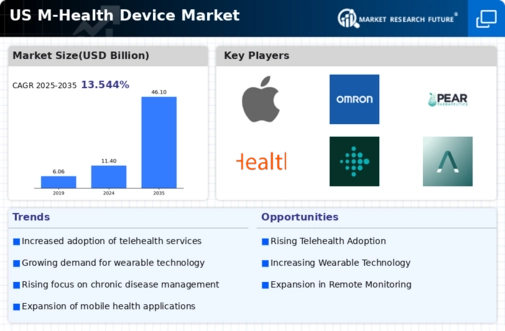
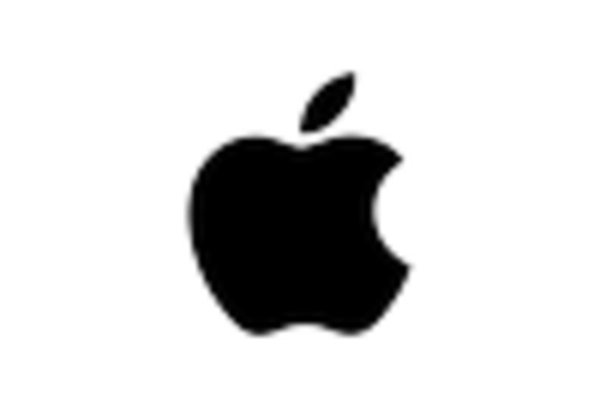
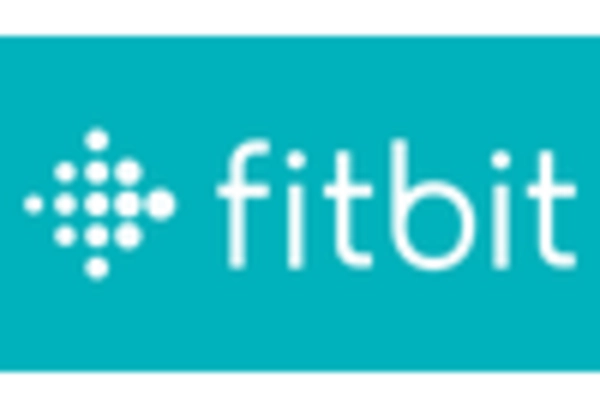
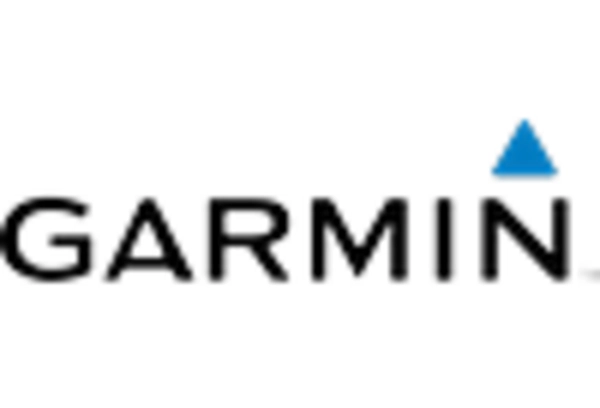
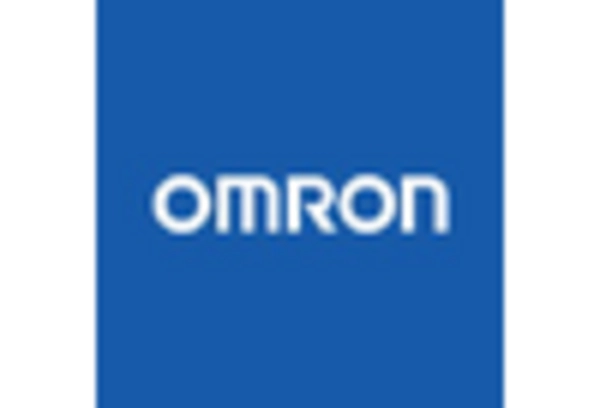










Leave a Comment